Scott Anderson1 Samuel 1:4-20 † 1 Samuel 2:1-10 † Hebrews 10:11-14, 19-25 † Mark 13:1-8 You can view a video of the service and sermon here. Franz Dolp was a professor of economics at Oregon State University when he began, perhaps, the greatest work of his life. As a young father and professor, his marriage had eroded, and his dream of creating an Oregon homestead with it. When he drove away from the farm intended for “till death do us part,” it was with the good-bye blessing, “I hope that your next dream turns out better than your last.”[i] He eventually found his way to forty acres on Shotpouch Creek. This logged-out, chaotic hot mess of vine maples, leggy hardwoods, and thorns was in the same Oregon coast mountains where his grandfather had made a hardscrabble homestead. In his journal, Franz wrote that he had “made the mistake of visiting the farm after it was sold. The new owners had cut it all.” I sat among the stumps and the swirling red dust, and I cried. When I moved to Shotpouch after leaving the farm, I realized that making a new home required more than building a cabin or planting an apple tree. It required some healing for me and for the land.”[ii] “My work [at Shotpouch] grew out of a deeply experienced sense of loss,” he wrote, “the loss of what should be here.”[iii] Robin Wall Kimmerer tells the story of how Franz Dolp, a wounded man, moved to live on wounded land at Shotpouch Creek in her book Braiding Sweetgrass, in a chapter she titles “Old Growth Children.” Franz wrote in his journal, “These forty acres were to be my retreat, my escape to the wild. But this was no pristine wilderness.” The land was razed by a series of clear-cuts over the years—first the venerable old-growth forest and then its children. No sooner had the Doug firs grown back than the loggers came for them again.[iv] Everything is different after land is clear-cut. Sunshine is abundant, the soil is broken open and unstable, temperatures rise, the humus blanket gives way to exposed minerals. Forest ecosystems have tools for dealing with disturbances, of course. Early plants get to work on damage control, quickly. Opportunistic plants known as pioneer species have adapted to thrive in these conditions. They grow quickly to take advantage of the light. A bare patch of ground can disappear in a few weeks beneath thickets of vine maple. They don’t bother with making trunks, but invest madly in leaves instead, spreading everywhere on flimsy stems, soaking in the sun’s rays. We have a beautiful example of this in the Coral Bark Maple growing right outside my office window in the memorial garden. It is a bit more organized than the vine maples that are like bushes in our Pacific Northwest forests. The key to success is to get more of everything than your neighbor, and faster, which works when resources seem to be infinite. Of course, they aren’t. “Pioneer species,” Kimmerer explains, “not unlike pioneer humans, require cleared land, hard work, individual initiative, and numerous children. But the window of opportunity is short. So they have developed brilliant adaptations. They use their photosynthetic wealth to make babies that will be carried by birds to the next clear-cut. Many are berry makers, for example: salmonberry, elderberry, huckleberry, blackberry. Kimmerer is beginning to form a contrast for us that becomes constructive for our own human decision- and value-making when it comes to survival and well-being: The pioneers produce a community based on the principles of unlimited growth, sprawl, and high energy consumption, sucking up resources as fast as they can, wresting land from others through competition, and then moving on. When resources begin to run short, as they always will, cooperation and strategies that promote stability—strategies perfected by rainforest ecosystems—will be favored by evolution. The breadth and depth of these [relationships] are especially well developed in old growth forests, which are designed for the long haul.[v] Old growth forests sustain life that is incredibly complex and multi-layered. The trees are just the beginning. Mammals, birds, amphibians, wildflowers, ferns, mosses, lichens, fungi, and insects—a staggering variety—thriving together in an intricately woven and deeply stable reciprocity. These were forests peopled with centuries of past lives, with enormous logs and snags that fostered more life after their death than before.[vi] I’m inclined to think that Jesus is thinking in these terms as he sits on the Mount of Olives opposite the temple imagining the unimaginable but inevitable with his disciples. We, of course, have the benefit of hindsight when it comes to this story. We know that this temple—one of the wonders of the ancient world—was leveled as a finale to the first Jewish-Roman war when the Roman Legions cracked down once-and-for-all on Jewish revolutionaries on the 10th of Av in the year 70 of the common era, 1951 years ago.[vii] All that remains is a portion of the Western Wall, or what we in the west often refer to as the “wailing” wall where people go to mourn lost hopes and leave their most desperate prayers in the cracks between the massive stones of the ancient ruin. Mark’s gospel made its appearance either right before or right after the destruction of the temple and recognized the unsustainability of the moment. The way things were could not last. Likewise: Industrial forestry, resource extraction, and other aspects of human sprawl are like salmonberry thickets—swallowing up land, reducing biodiversity, and simplifying ecosystems at the demand of societies always bent on having more. In five hundred years we exterminated old-growth cultures and old-growth ecosystems, replacing them with opportunistic culture.[viii] It’s not that pioneering communities don’t have a place in regeneration. They are just not sustainable in the long run—not like the aboriginal cultures that for 13,000 years before these temple stones were knocked to the ground had been thriving with one foot in the ancient forests of the Pacific northwest coast and the other among the salmon on the coastal waters. If we think they were poor, Kimmerer is quick to correct the record. They were among the wealthiest in the world. Wise use and care for a huge variety of marine and forest resources, allowed them to avoid overexploiting any one of them while extraordinary art, science, and architecture flowered in their midst. Rather than to greed, prosperity here gave rise to the great potlatch tradition in which material goods were ritually given away, a direct reflection of the generosity of the land to the people. Wealth meant having enough to give away, social status elevated by generosity. The cedars taught how to share wealth, and the people learned.[ix] So Franz Dolp began his work with machete in hand, clearing pathways through the thickets at Shotpouch. It was not easy. “This is work I should have started in my twenties, not my mid-fifties,”[x] he admits at one point in his journey. But he persisted with a clarity of purpose. “My goal,” he wrote, “is to plant an old growth forest.”[xi] But he understood this as more than the physical restoration of a plot of land. “To love a place is not enough,” he wrote. “We must find ways to heal it.”[xii] And he understood his own well-being was at stake as he gave himself to the land and learned from it. He wrote of the loving relationship that grew between them: “It was as if I discovered a lost part of myself.”[xiii] “What I give, I receive in return. Here on the slopes of Shotpouch Valley, I have been engaged less in a personal forestry of restoration than in a forestry of personal restoration. In restoring the land, I restore myself.”[xiv] This was a work of forestry, but it was also a work of art. “I could have been painting a landscape or composing a cycle of songs. The exercise in finding the right distribution of trees feels like revising a poem. Given my lack of technical expertise, I could not reconcile myself to the title of ‘forester,’ but I could live with the idea that I am a writer who works in the forest. And with the forest. A writer who practices the art of forestry and writes in trees.”[xv] Franz Dolp died in 2004. He was killed in a car accident. But the land lives on, now a work of Oregon State University. There’s a hand-drawn map of Shotpouch, with many evocative names. One of the most poignant may be the spot he called “Old Growth Children.” You see Franz was creating something that he would never see to completion. Like Jesus, who saw the destruction of the temple as a beginning of a birth, like Hannah who staked her life on a reality larger than her own, Franz began to live into the old-growth culture that was healing him and those around him.
“To plant trees is an act of faith,” Kimmerer reasons. “Thirteen thousand acts of faith live [on Shotpouch].”[xvi] And isn’t this the work of faith anyway?—to trust the long work of God and to live a life that is even more generous in death? Isn’t this our work?—to be old growth people? Amen. Notes: [i] Kimmerer, Robin Wall. Braiding Sweetgrass (p. 282). Milkweed Editions. Kindle Edition. [ii] Ibid., pp. 282-283. [iii] Ibid., p. 282. [iv] Ibid., p. 283. [v] Ibid., p. 284. [vi] Ibid., Cf. p. 278. [vii] See “Temple of Jerusalem” in the Encyclopedia Britannica online. Retrieved on November 12, 2021 from: https://www.britannica.com/topic/Temple-of-Jerusalem. [viii] Kimmerer, Robin Wall. Braiding Sweetgrass (pp. 284). Milkweed Editions. Kindle Edition. [ix] Ibid. pp. 279-280. [x] Ibid., p. 280. [xi] Ibid., p. 285. [xii] Ibid., p. 286. [xiii] Ibid., p. 285. [xiv] Ibid., p. 290. [xv] Ibid. [xvi] Ibid., p. 289.
0 Comments
Leave a Reply. |
St. Andrew SermonsCategories
All
|
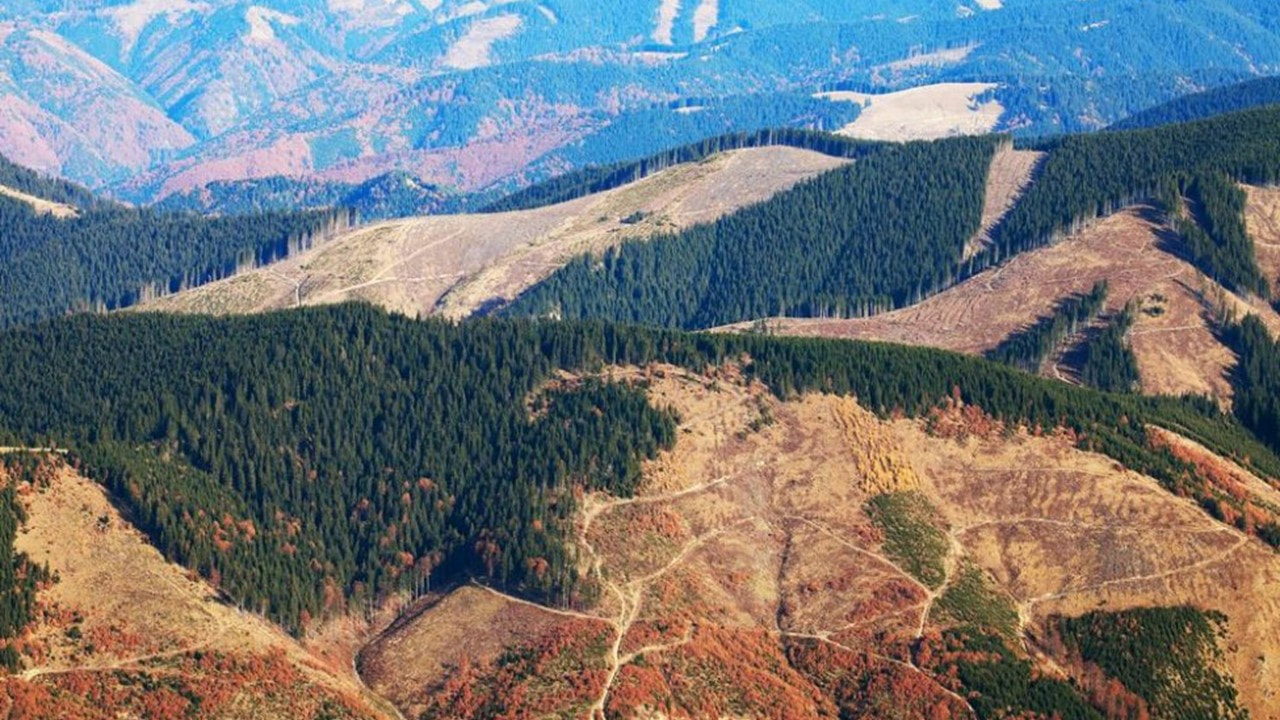
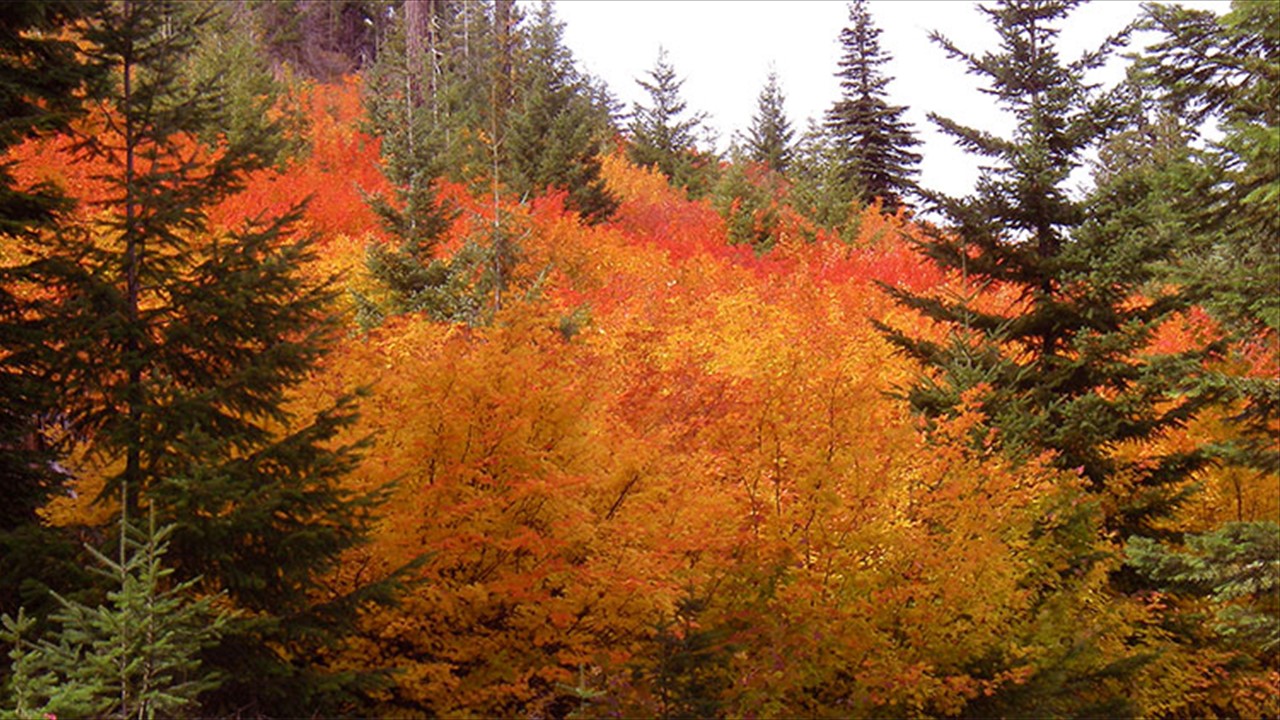
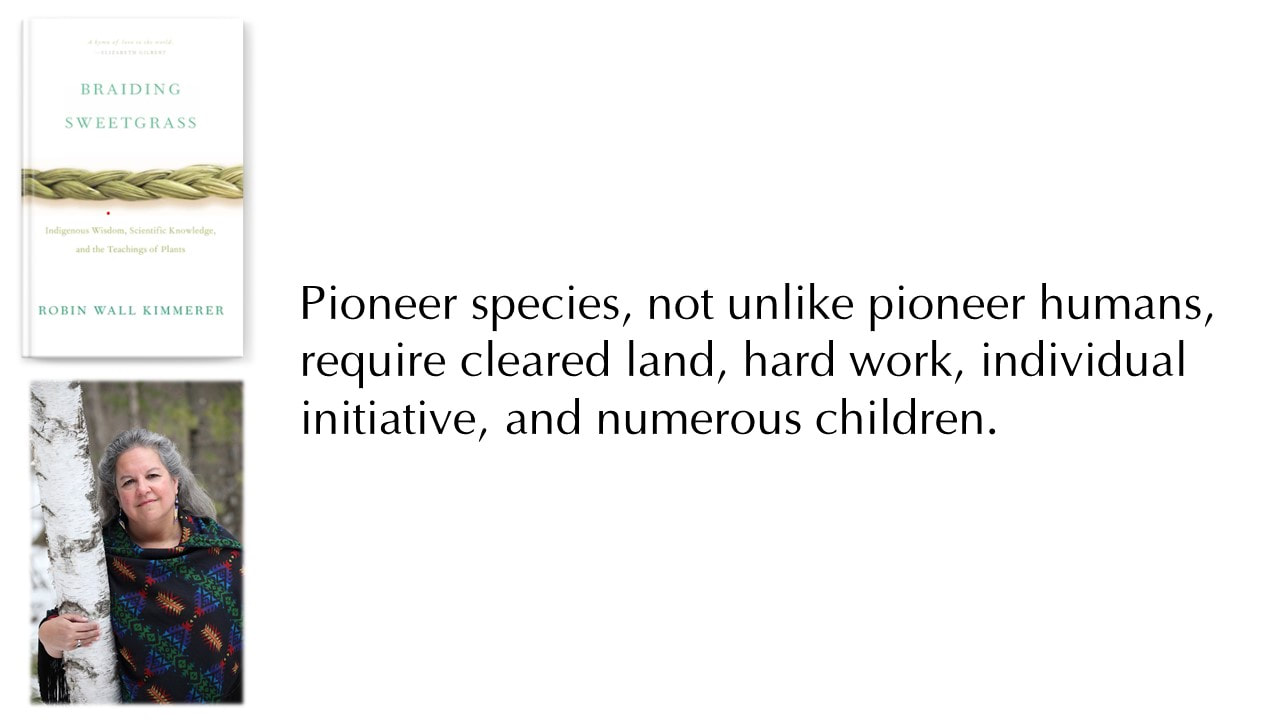
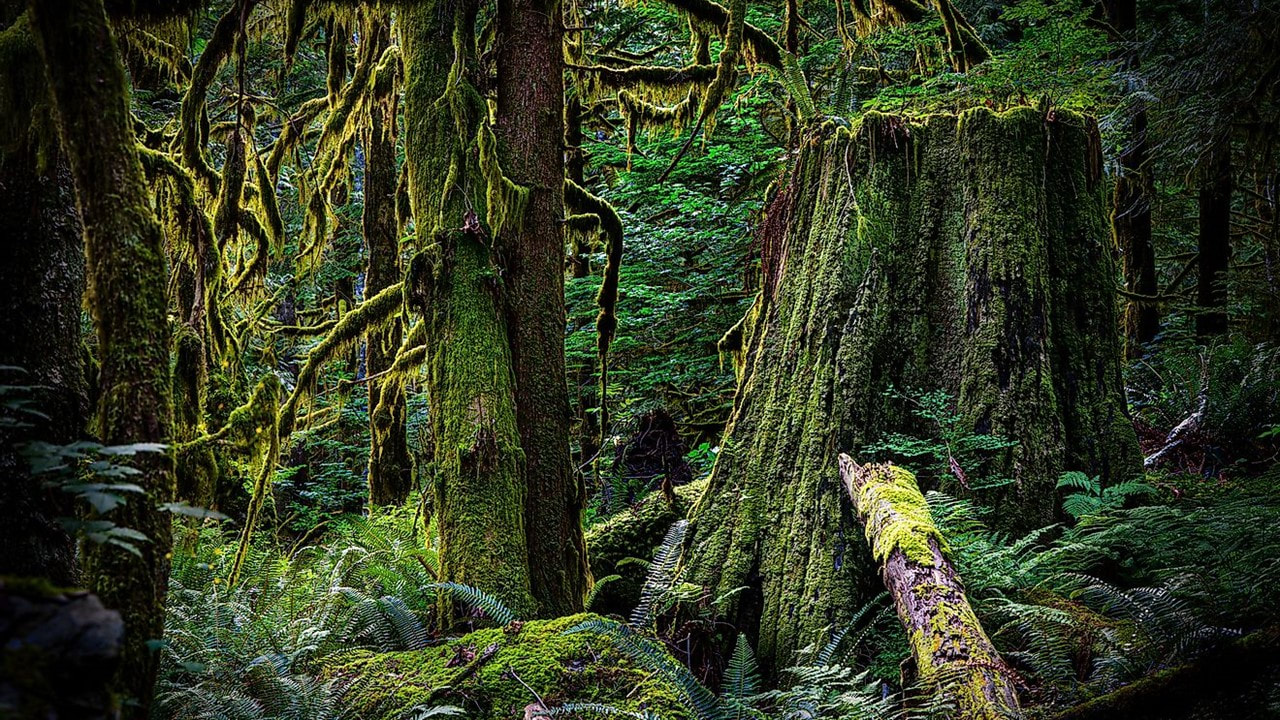
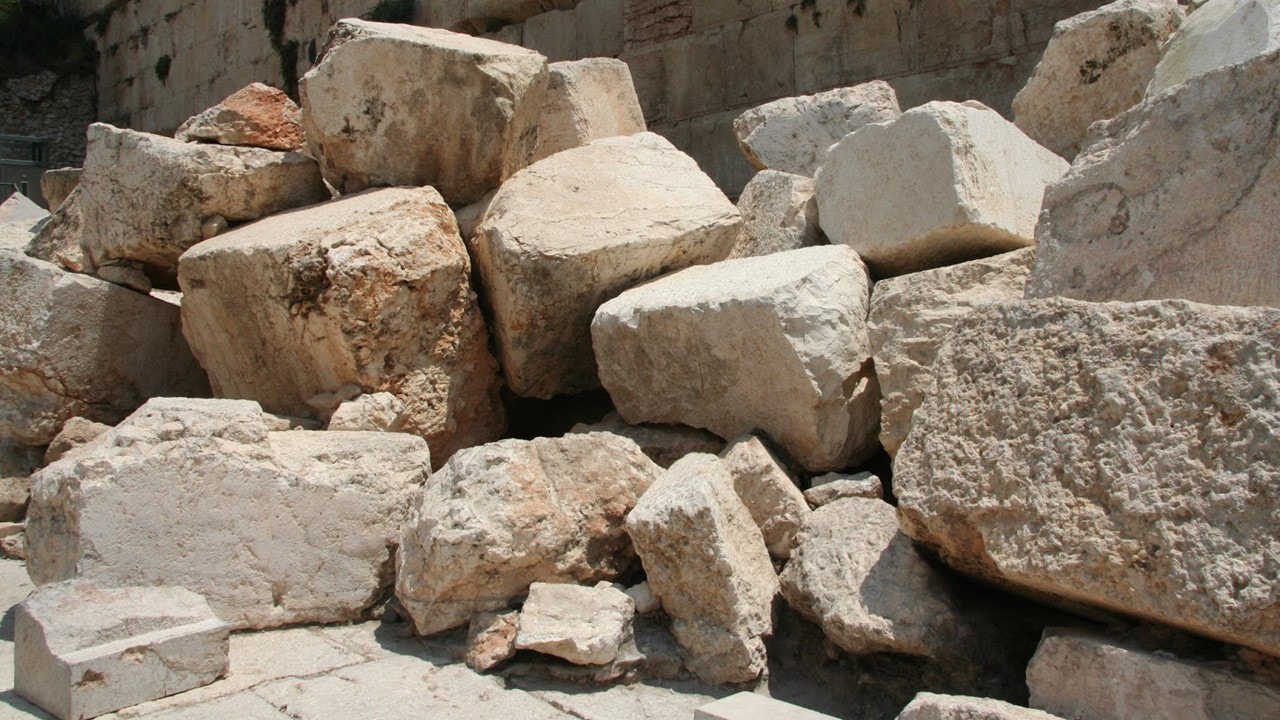
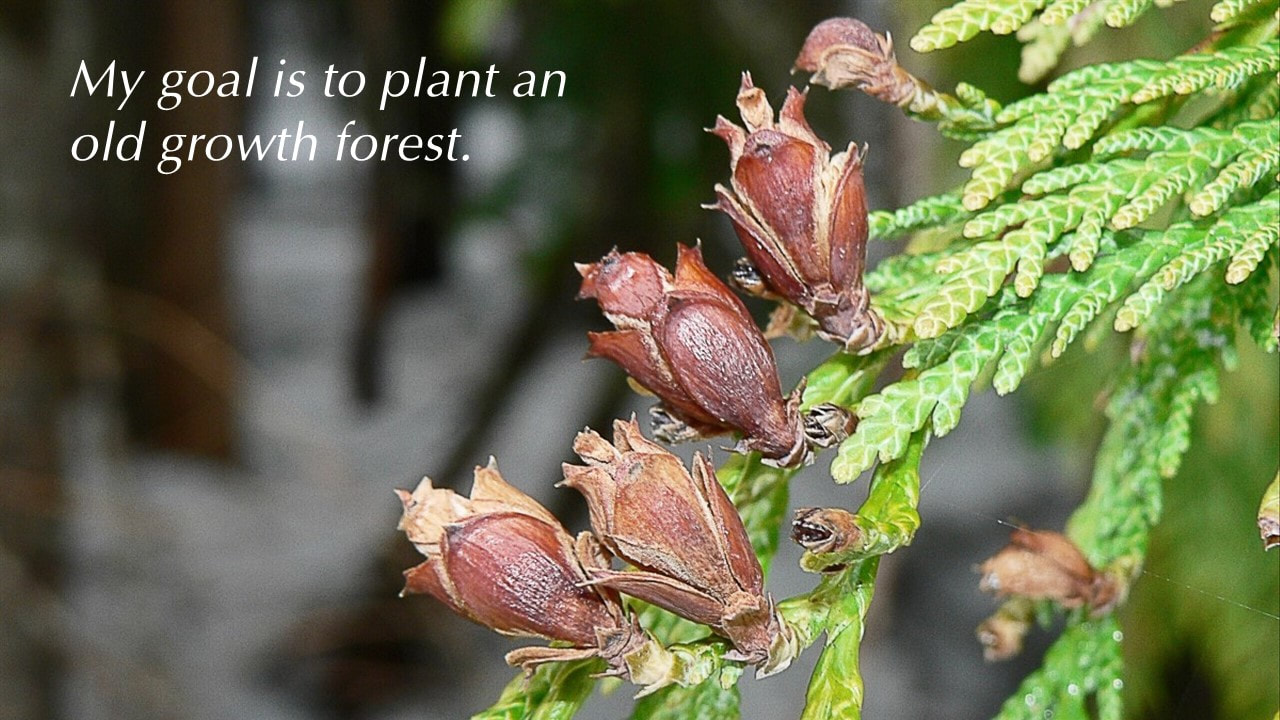
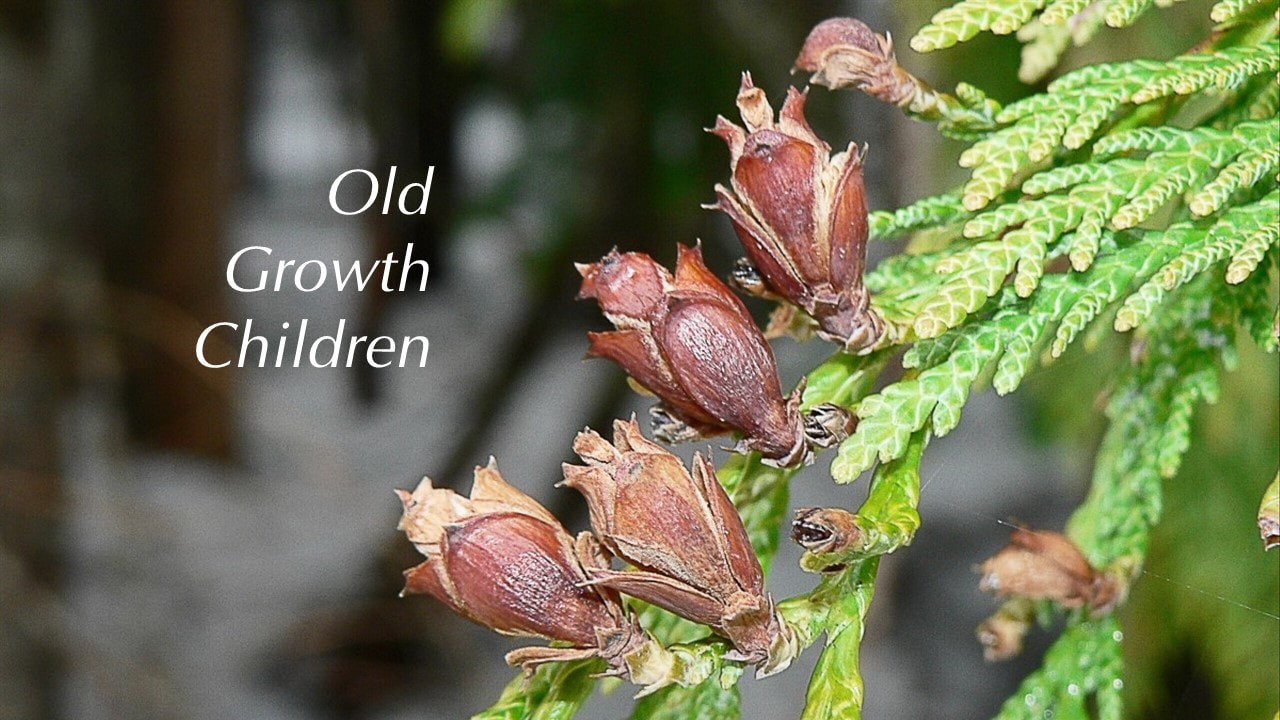
 RSS Feed
RSS Feed